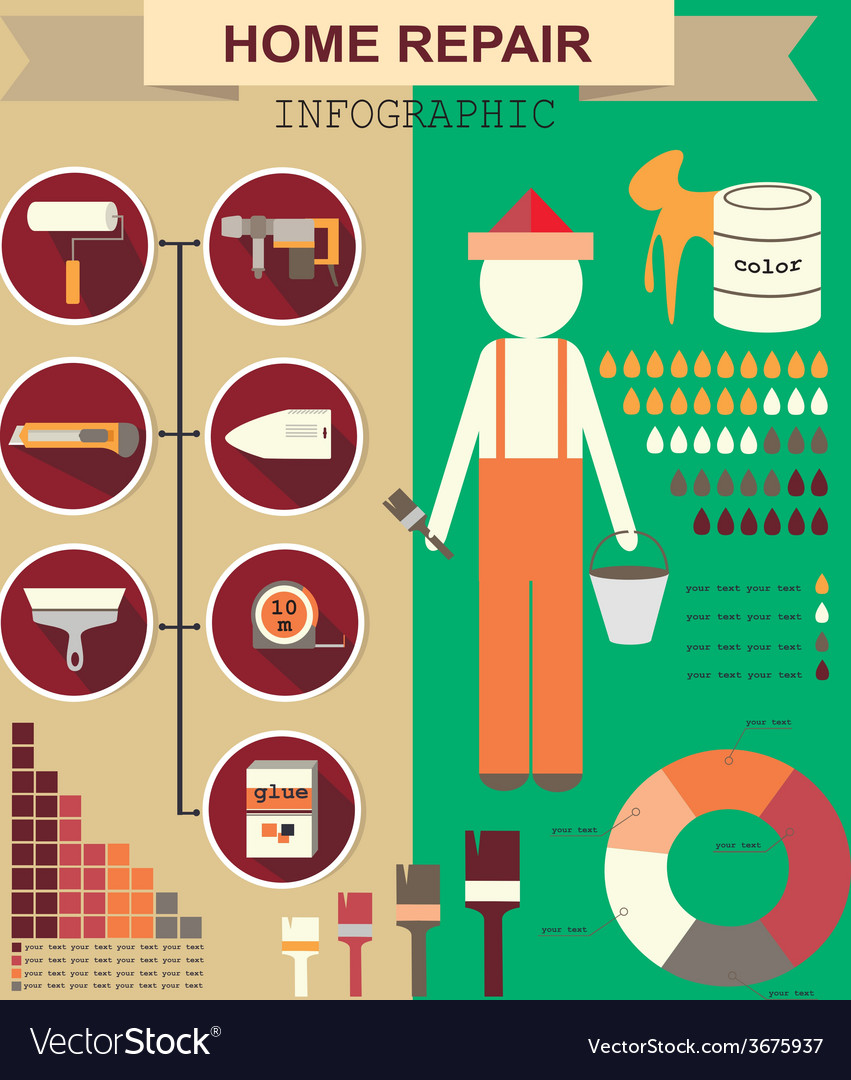Standards For Constructing An Eco-Conscious Home Extension
Standards For Constructing An Eco-Conscious Home Extension
Blog Article
Material Develop By-Dugan Smidt
When planning a home enhancement, you can significantly decrease your ecological influence by incorporating green practices. By carefully picking lasting products, utilizing energy-efficient systems, and integrating environment-friendly style principles, you have the chance to develop a space that not just benefits the earth but also boosts your quality of life. These easy yet impactful selections can make a lasting distinction in the sustainability of your home.
Finding Sustainable Structure Materials
When it comes to making your home enhancement environment-friendly, one crucial aspect to think about is choosing lasting building products. Choosing products that have minimal ecological impact can substantially decrease your carbon impact. Look for choices like reclaimed wood, bamboo floor covering, recycled metal, or low-VOC paints. These products aren't just environmentally friendly but also durable and cosmetically pleasing.
Lasting building products play a crucial function in saving natural resources and reducing waste. By picking products that are responsibly sourced and generated, you add to a much healthier environment and assistance lasting techniques within the construction sector.
Furthermore, many lasting structure materials are energy-efficient, aiding you reduce long-term energy expenses.
Prior to starting your home enhancement project, study different lasting building products and speak with professionals that focus on environmentally friendly construction. By making informed selections and prioritizing sustainability, you can develop a beautiful and ecologically conscious room that benefits both you and the earth.
Implementing Energy-saving Solutions
To better enhance the eco-friendliness of your home addition, concentrate on executing energy-efficient systems. Begin by mounting LED lights throughout your new space. LED light bulbs make use of considerably less energy than conventional incandescent bulbs and last much longer, minimizing the requirement for constant replacements.
Think about integrating a programmable thermostat to manage home heating and cooling efficiently. This enables you to change the temperature based upon your schedule, saving energy when you're not in the house.
Another important energy-efficient system appertains insulation. Protecting your walls, floorings, and attic room assists keep a regular indoor temperature, reducing the need for home heating or air conditioning.
Additionally, buying Learn Alot more Here -efficient devices such as fridges, cleaning machines, and HVAC systems can dramatically lower your energy intake.
Incorporating Environment-friendly Design Principles
Think about incorporating environment-friendly style concepts into your home addition to optimize its eco-friendliness. Beginning by using passive solar layout, which makes the most of the sun's energy for heating and illumination. Orienting your enhancement to catch all-natural sunshine and integrating attributes like huge south-facing home windows can help in reducing the demand for fabricated illumination and home heating, reducing energy consumption.
In https://www.king5.com/article/life/home-garden/bbb-washington-hiring-contractors-home-improvement/281-b2e9d85d-ecc5-4da9-a51a-8d5472b85ddc , choose sustainable products such as redeemed timber, bamboo floor covering, or recycled glass kitchen counters to minimize environmental impact. Go with low volatile organic substance (VOC) paints and coatings to improve interior air high quality and minimize hazardous discharges. Implementing correct insulation, effective windows, and impermeable building techniques can enhance energy efficiency and thermal convenience.
Including environment-friendly roof coverings or living wall surfaces can additionally offer insulation, reduce stormwater overflow, and create a habitat for wild animals. By incorporating these eco-friendly layout principles right into your home addition, you can create a much more sustainable and eco-friendly space for you and your family.
Conclusion
Finally, by picking lasting structure materials, carrying out energy-efficient systems, and including green design concepts, you can make your home enhancement environment-friendly. These basic choices not just benefit the atmosphere but likewise conserve you cash in the future. So, accept eco-conscious decisions in your house remodelling task and enjoy a much more sustainable and energy-efficient home.
